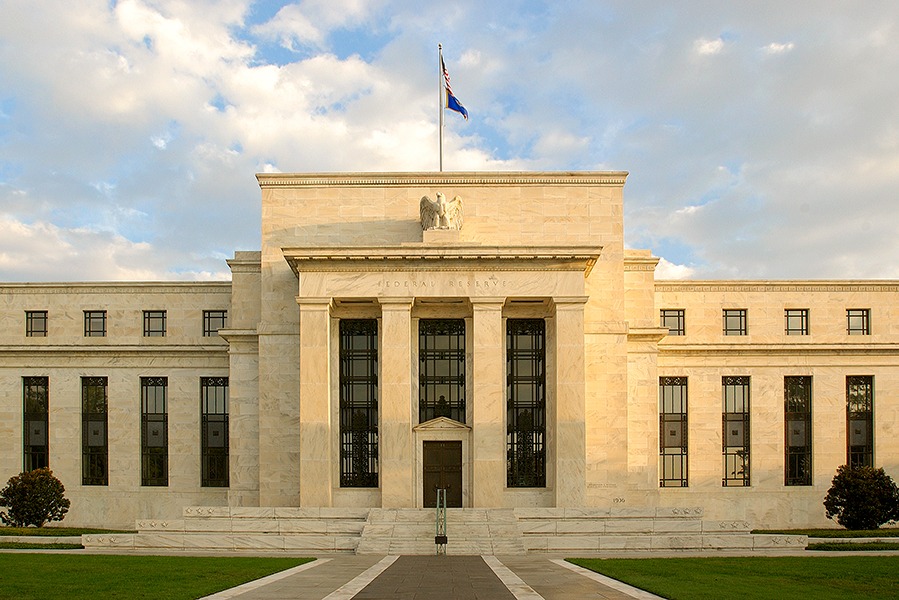The US rate cut outlook remained in sharp focus last week as stock markets struggled to maintain momentum. The S&P 500 index slipped 0.4%, while the Nasdaq 100 lost 0.5%. Both benchmarks have traded in a narrow band since an early July surge that followed a strong jobs report. Treasury yields edged higher on longer-term bonds, showing investors remain cautious about the Federal Reserve’s next moves.
At the same time, the US dollar recovered modestly. It gained 0.6% against the euro and 1.7% against the yen. The dollar had fallen nearly 10% from January through June, marking its steepest drop in decades. This rebound added fresh uncertainty to currency and commodity markets.
Inflation Data Set to Test Fed Policy
Investors are watching this week’s US Consumer Price Index release for signs that inflation may be accelerating again. Economists expect the headline CPI to rise 2.7% year-over-year, the highest in four months. Core inflation, which leaves out food and energy, is forecast at 3%.
A stronger reading could give the Federal Reserve new reasons to delay cutting interest rates. The central bank has signaled it plans to lower rates by about 75 basis points through late 2026. Markets, however, are pricing in more aggressive easing of 104 basis points. Federal Reserve Chair Jerome Powell has repeatedly resisted pressure from both investors and the White House to move faster.
The outcome of this inflation report could set the tone for bond and stock trading in the weeks ahead. If inflation remains stubborn, the case for caution at the Fed grows stronger, possibly limiting market gains. For official inflation updates, visit the U.S. Bureau of Labor Statistics.
Consumer Spending Remains Unsteady
While the rate debate continues, retail spending shows mixed signals. The US Census Bureau is expected to report a 0.1% gain in June retail sales. This would be only a modest rebound after May’s 0.9% decline.
Consumption drives nearly 68% of gross domestic product in the United States. Economists are concerned that higher borrowing costs and shifting consumer confidence could cool spending. Recent data showed the weakest contribution from consumption in almost two years.
Many market watchers expected tariffs slated for August to encourage early buying, but there has been little evidence of that in retail data. This softness could weigh on economic growth as summer progresses.
Consumer Sentiment Tells a Different Story
In contrast, consumer confidence appears to be recovering. The University of Michigan survey, due this week, is likely to show an uptick in sentiment. In June, the headline reading rose to a four-month high as fears over tariffs eased. Consumers’ one-year inflation expectations dropped from 6.6% in May to 5%, a still-elevated figure but a step in the right direction.
If the survey shows confidence rising even as spending stays subdued, it could suggest households remain cautious about making big purchases. This split between sentiment and action adds complexity to the economic outlook and keeps pressure on policymakers to balance growth with price stability.
Community Impact and Outlook
Local investors in El Monte and surrounding communities are watching these trends closely. Volatile rates affect mortgage costs, small business borrowing, and retirement planning. Rising inflation could keep household budgets under pressure as food, gas, and housing costs remain high.
For residents and business owners, understanding the US rate cut outlook is critical. If the Federal Reserve holds steady, borrowing could stay expensive longer. If inflation cools, rate cuts may resume later this year. The next weeks of data releases will be important signals for everyone trying to plan ahead.


